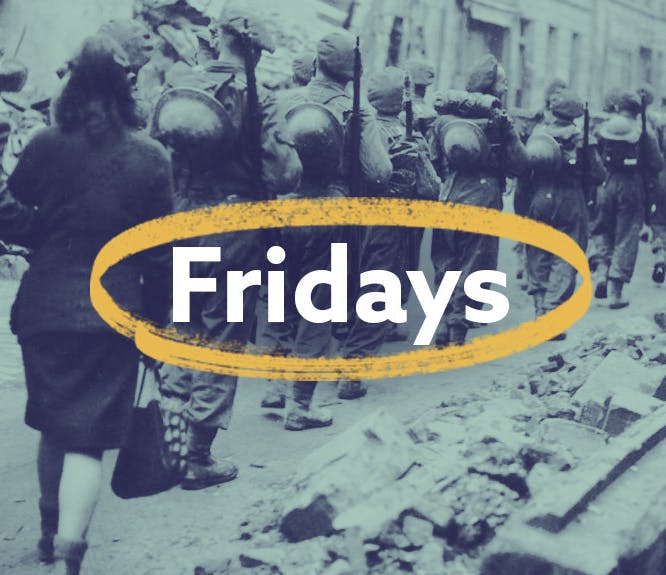How Eagle Day became a key turning point in the Battle of Britain
3-4 minute read
By The Findmypast Team | July 7, 2020
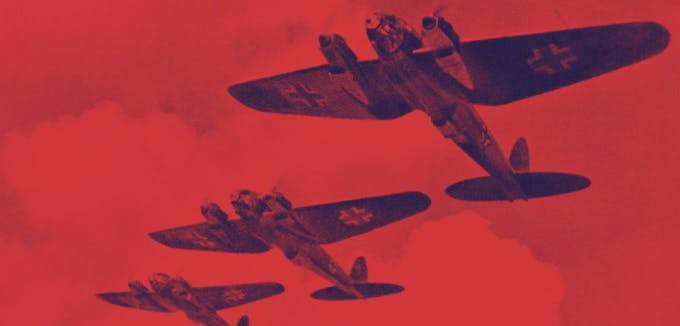
The Germans' Adlertag was supposed to bring Britain to its knees during World War 2 but it didn't go according to plan...
13 August 1940 is a day that will forever be etched in the history of the Second World War. On that day, Reichsmarschall Goring, head of the Luftwaffe, had every reason to be confident that he could knock out the Royal Air Force in one fell swoop, paving the way for a ground invasion of Britain.
Goring's offensive was code-named Operation Adlerangriff, or 'Eagle Attack' and the start date 'Eagle Day'. It was, however, a resounding failure.
Operation Eagle Attack
'Eagle Attack' represented the first major and concentrated attack on RAF airfields during World War 2.
The plan was to put these airfields out of action and prevent the RAF from defending the skies above the English channel in the same force they had achieved thus far. Once this had been achieved, the Luftwaffe would prevent the Royal Navy from being able to contest landings of the Heer, the German army, who would force a surrender.
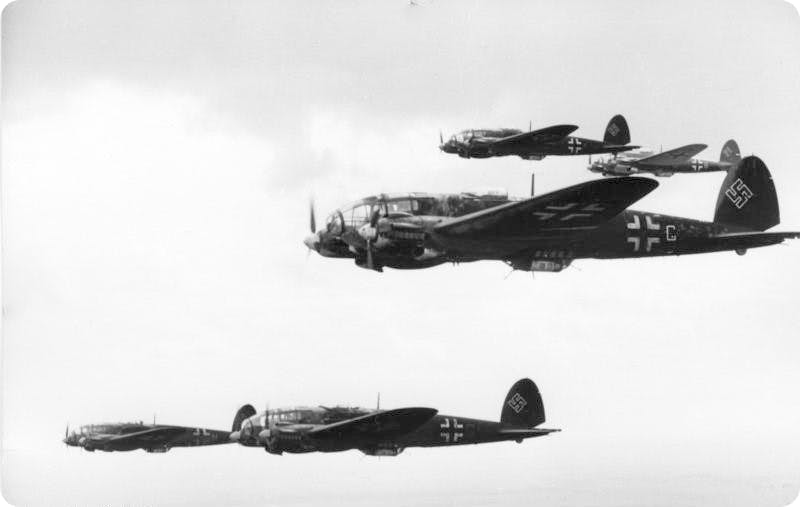
The Heinkel 111, a medium workhorse bomber used extensively by the Luftwaffe during the Battle of Britain.
The operation started badly and never recovered for the Germans. Confusion reigned over whether the operation was happening at all. Goring only gave final confirmation that the operation was on at 2 pm, well after the first bombers had taken off having failed to receive the order to abandon operations due to bad weather.
Once the operation was finally given the go-ahead, the Luftwaffe found itself harassed at every point over southern England, with RAF fighters using the 'Dowding System' to successfully intercept the raiders. The number of downed aircraft reported by the press varies, but the official figures put it at around 50.
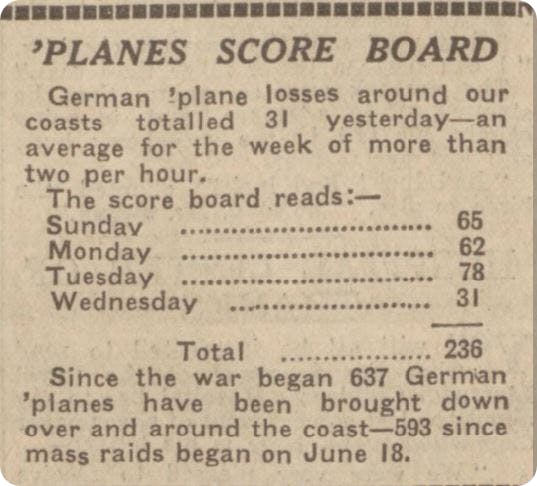
Liverpool Evening Express, 15 August 1940. Read the full article.
What was The Dowding System?
The 'Dowding System' of fighter control was incredibly important to the RAF and the defence of its airfields and had been perfected by the time Eagle Attack was launched. Radar stations, assisted by observers, would acquire the raiders and feed information back to a fighter control station. Fighter controllers would then plot the raid on a board and scramble fighters to meet it.
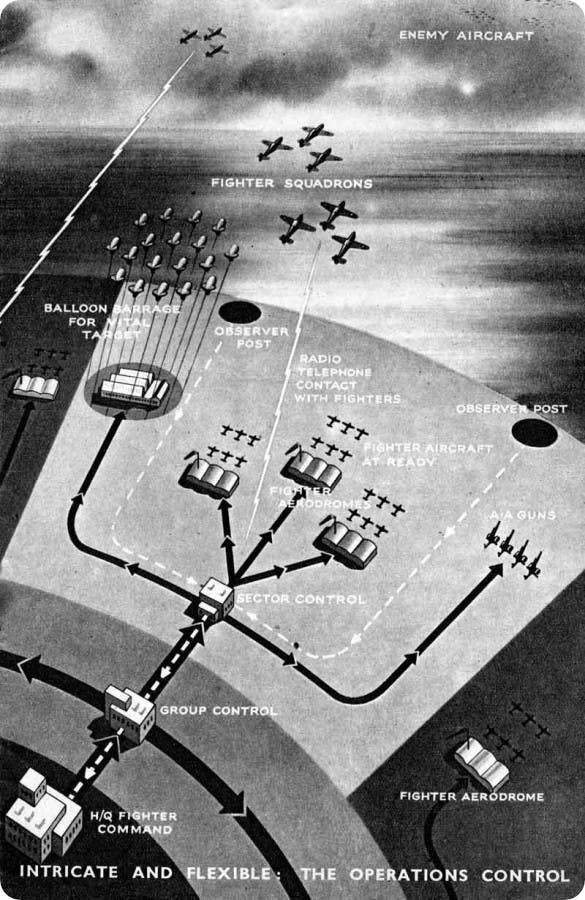
This pamphlet from 1941 explains the Dowding System, albeit without Radar (which was still secret at the time).
The raids had very little effect on the day-to-day running of the target airfields or aircraft production, with all targets that were hit operational again within 24 hours. Most of the targets hit were not even RAF Fighter Command airfields, but those used by Bomber Command and Coastal Command.
Eagle Day also saw some of the first night-raids by German aircraft on cities, with a number targeted for their aircraft production facilities. Again, very few of these targets were knocked out or destroyed.
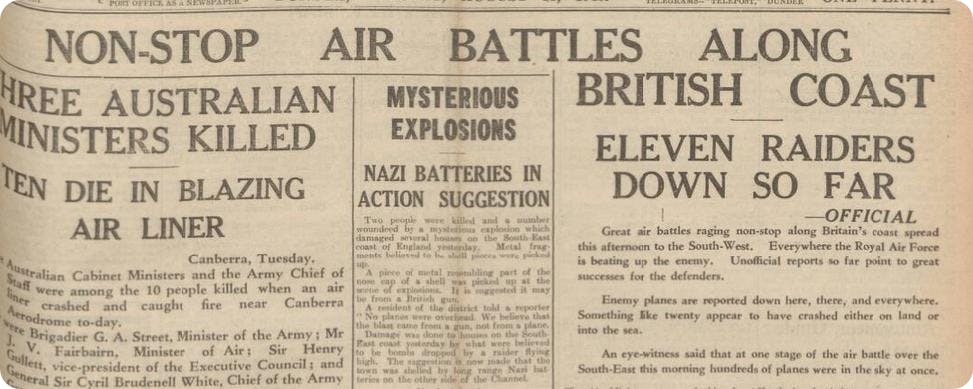
Dundee Evening Telegraph, 13 August 1940. Read the full article.
Despite the failure of Eagle Day, 'attacks would continue into early September, at which time the Luftwaffe would switch its main effort to 'morale bombing', specifically targeting London at the personal request of Hitler. This new period would be called 'The Blitz'.
Failure did, however, cause the Germans to reassess their plans to invade and caused a revision of the date of Operation Sea Lion. It was finally suspended on 20 September 1940, a full month after the start of 'Eagle Attack.'
Find family who fought in the Battle of Britain
Findmypast is home to millions of military records, perfect for tracing the remarkable lives of your family heroes. Our British Royal Air Force, Combat Reports 1939-1945, Royal Air Force, Operations Record Books 1939-1945 and Royal Air Force Lists 1919-1945 contain thousands of entries detailing the men who took to the skies during the Battle of Britain and beyond. Plus, you'll uncover much more information on Eagle Day and the Blitz in our historical newspapers. We'd love to hear what you've discovered. Tag us on social media using #FindmypastFeatured and we might even share your finds with our community.

